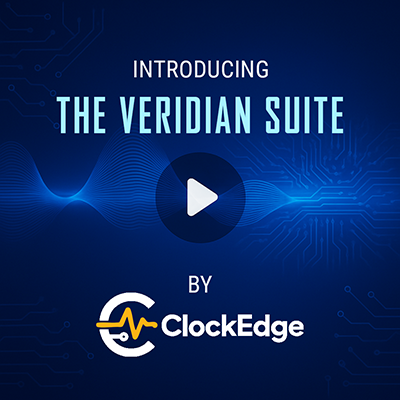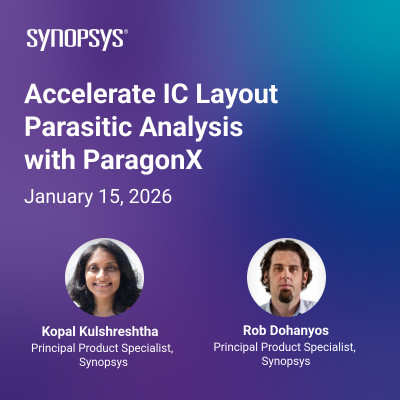Network on Chip (NoC) connectivity is ubiquitous in SoCs, therefore should be an attractive attack vector. Is it possible to prove robustness against a broad and configurable range of threats? Paul Cunningham (Senior VP/GM, Verification at Cadence), Raúl Camposano (Silicon Catalyst, entrepreneur, former Synopsys CTO and… Read More
Author: Bernard Murphy
Re-configuring RISC-V Post-Silicon
How do you reconfigure system characteristics? The answer to that question is well established – through software. Make the underlying hardware general enough and use platform software to update behaviors and tweak hardware configuration registers. This simple fact drove the explosion of embedded processors everywhere … Read More
Ant Colony Optimization. Innovation in Verification
Looking for better ways to search a huge state space in model checking, Ant Colony Optimization (ACO) is one possible approach. Paul Cunningham (Senior VP/GM, Verification at Cadence), Raúl Camposano (Silicon Catalyst, entrepreneur, former Synopsys CTO and now Silvaco CTO) and I continue our series on research ideas. As always,… Read More
Configurable Processors. The Why and How
Configurable processors are hot now, in no small part thanks to RISC-V. Which is an ISA rather than a processor, but let’s not quibble. Arm followed with configurability in Cortex-X. Both were considerably preceded (a couple of decades) by Synopsys ARC® RISC CPUs and CEVA DSPs. Each stressed configurability as a differentiator… Read More
MIPI in the Car – Transport From Sensors to Compute
I’ve written on and off about sensors, ML inference of the output of those sensors and the application of both in modern cars. Neither ADAS nor autonomous/semi-autonomous driving would be possible without these. But until now I have never covered the transport between sensors and the compute that safely turns what they produce… Read More
Slashing Power in Wearables. The Next Step
In wearables and hearables, low power is king. Earbuds for example still only manage a half-day active use before we need to recharge. Half a day falls short of truly convenient for most of us – a full day would be much better, allowing for overnight recharge. Physics limits battery sizes so system designers must look to SoC architectures… Read More
Post-Silicon Consistency Checking. Innovation in Verification
Many multi-thread consistency problems emerge only in post-silicon testing. Maybe we should take advantage of that fact. Paul Cunningham (Senior VP/GM, Verification at Cadence), Raúl Camposano (Silicon Catalyst, entrepreneur, former Synopsys CTO and now Silvaco CTO) and I continue our series on research ideas. As always,… Read More
WEBINAR: Flash Memory as a Root of Trust
It should not come as a surprise that the vast majority of IoT devices are insecure. As an indication, one survey estimates that 98% of IoT traffic is unencrypted. It’s not hard to understand why. Many such devices are cost-sensitive, designing security into a product is hard, buyers aren’t prepared to pay a premium for security … Read More
Siemens EDA Discuss Permanent and Transient Faults
This is a topic worth coverage for those of us who aim to know more about safety. There are devils in the details on how ISO 26262 quantifies fault metrics, where I consider my understanding probably similar to other non-experts: light. All in all, a nice summary of the topic.
Permanent and transient faults 101
The authors kick off … Read More
Test Ordering for Agile. Innovation in Verification
Can we order regression tests for continuous integration (CI) flows, minimizing time between code commits and feedback on failures? Paul Cunningham (Senior VP/GM, Verification at Cadence), Raúl Camposano (Silicon Catalyst, entrepreneur, former Synopsys CTO and now Silvaco CTO) and I continue our series on research ideas.… Read More




















Quantum Computing Technologies and Challenges